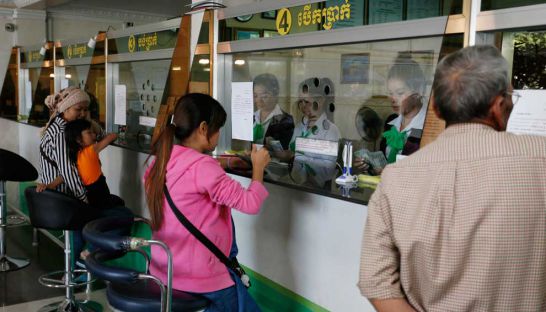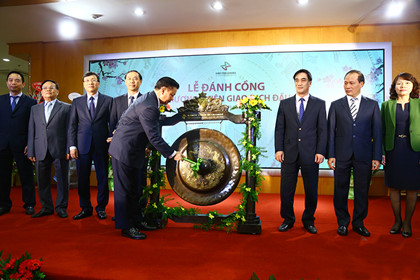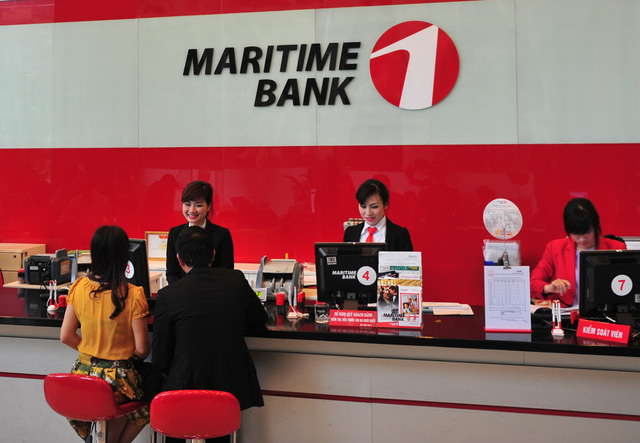MFIs bank returns on rates: report
MFIs bank returns on rates: report
High returns on investment and healthy interest rates are helping Cambodia’s microfinance sector continue its rapid expansion, according to Cambodia-based investment firm Mekong Strategic Partners.

With an average of 22 per cent return on equity and 48 per cent increase in loans across Cambodia’s 27 microfinance institutions (MFIs) in 2013, Mekong Strategic Partners’ latest report states that the Kingdom’s microfinance industry is one of the world’s best performing.
The report lists good management, a light and “pro-market” approach from the regulator, and a dynamic mix of NGO and private-sector shareholders as the driving forces behind the market’s
expansion.
“It has achieved this while charging interest rates that are towards the low end of the spectrum for MFIs globally, with a level of transparency and a pro-poor approach that is amongst the best in the world,” the report states. “It has significantly increased financial inclusion, and nearly 90 per cent of MFI lending is outside of Phnom Penh.”
Mekong Strategic Partners’ report challenged the notion that high returns are inconsistent with an industry whose goal it is to help the poor.
While interest rates vary among Cambodia’s MFIs – from 22 to 30 per cent – they remain lower priced than MFIs in countries such as the Philippines, where interest rates are up to 80 per cent.
Mekong Strategic Partners warned that anything less than 15 per cent could leave Cambodia’s MFIs vulnerable to a downturn or unable to attract the capital needed to achieve their goals.
“A reduction in interest rates of around 6 per cent per annum, or 0.5 per cent per month, would be enough to wipe out industry profits,” the report states.
The company said strong returns are needed to sustain Cambodia’s high growth and ultimately reduce the need for shareholders, many of whom are NGOs, to commit further funding that could be better spent elsewhere.
But measuring Cambodia’s MFIs against their return on investment is dangerous, according to independent economist Srey Chanthy.
“With this, there could be a rush. Just like a gold rush, ELC rush, logging rush – an MFI rush,” he said.
Chanthy said that MFIs had a social obligation to fulfill and that lenders, who are far from “sophisticated” entrepreneurs, should strengthen the services offered to Cambodia’s poor.
“They need to check on the bankability of their borrowers, not just their backgrounds and assets,” he said. “They need to equip their borrowers with skills in entrepreneurship, provide advisory support to their borrowers on business investment analysis and planning.”
Chanthy said the cost of borrowing in Cambodia was too high when compared to rates of “semi-formal” lenders in Thailand and Vietnam, which can be as low as 9 per cent.
“If the AEC [ASEAN Economic Community] is realised and Cambodian borrowers can cross the borders to borrow, and if banks in Vietnam and Thailand had enough money and were permitted to lend, I wonder what will happen with these MFIs? They will have to lower their rates, lose customers or shutdown,” he said.
Sim Senacheert, chief executive officer of Prasac microfinance, said high returns are not unique to the microfinance industry and that good management was driving the industry’s strong performance, not interest rates.
“The same as the other business sectors, MFI is a business organisation in which most of them have double bottom-line objectives; financial sustainability and social objectives,” he said.
Interest rates are driven by the market and set according to the cost of the MFI to service a loan, Senacheert added.
“High return is contributed to by good performance management, good policies and procedures, and strong institution capacity, which all lead us to reach economies of scale, high staff productivity, high efficiency or low costs, and good portfolio quality or risk management,” he said.















